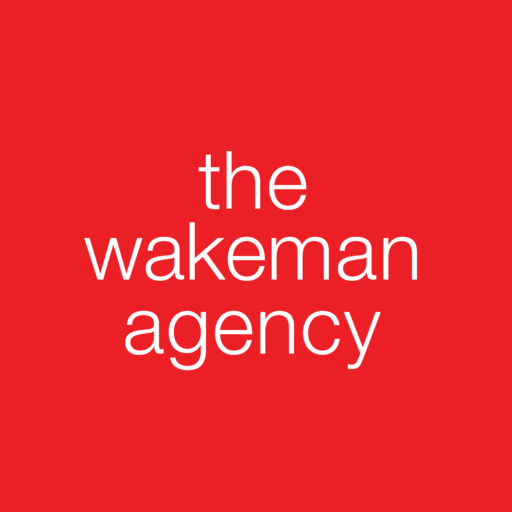UCLA Civil Rights Project
Driving the narrative on segregation in NYC schools via a National media relations campaign.
AT-A-Glance
Goals:
- Media attention on research study
- Catalyst for policy debate in education reform
Services:
- Media relations
Results:
- 100+ media outlets covered report including The Washington Post, The New York Times, USA Today, Business Insider and others
- Media tie-in to the 60th anniversary of Brown vs. Board
- Policy debates and review in NYC 7
- More studies commissioned
Driving the narrative on segregation in NYC schools
UCLA’s Civil Rights Project/Proyecto Derechos Civiles (CRP) released a groundbreaking report entitled, “New York State’s Extreme School Segregation: Inequality, Inaction, and a Damaged Future.” This study explores trends in enrollment and school segregation patterns at the state and regional levels, including the New York City metropolitan area. CRP’s study concluded that New York City practices and policies perpetuated racial imbalance and educational inequality across schools.
UCLA’s CRP approached The Wakeman Agency to assist in publicizing their report’s findings beyond the usual academic circles and educational media. With less than 30 days to strategize, the main challenge was to make an academic report appealing to a broader audience so that this critical information could be shared with the public and stakeholders. The goal was also to generate a dialogue that would lead to better educational policies and opportunities.
Media & Policy Makers Alerted To Segregation
The Wakeman Agency understands that academic research can be difficult for audiences to digest so we extracted key data points and developed story angles to garner interest from various media outlets. We crafted a tactical plan that focused on creating a big splash across a broad spectrum of media: top-tier international, national, and regional outlets.
Knowing that we wanted to saturate the news cycle so that this story would receive widespread coverage, we provided the Associated Press with an embargoed advance copy of the report, allowing them to run the story on the day the report was released. In order to cultivate an accessible and concise way to convey the report’s results, without losing journalists in the jargon and protocols of an academic study, The Wakeman Agency reviewed the report and extracted key points that would interest the media. We offered sound-bytes for interviews and articles. We also ideated and produced a virtual press conference with the report’s authors that went live on the report’s release date. The media invited to the press conference were able to ask the researchers questions about the report’s findings.
This press conference led to media coverage that sparked dialogue and public attention that continues today as New York City debates changing policies to increase equity to improve educational outcomes. The strategy deployed by The Wakeman Agency on behalf of CRP produced critical public discourse and was a catalyst for possible policy changes.
The Wakeman Agency’s work resulted in:
- Seven more reports commissioned in states across the East coast.
- Highly attended, virtual press conference with representatives from mainstream and speciality media outlets, including live Q&A with report authors.
- 100+ media outlets covering the report within the first 30 days of its release. These stories concentrated on the key issues of segregation and inequality in schools. Some of the outlets to publish stories include The Washington Post, The New York Times, USA Today, Business Insider, and others.
- A second wave of exposure for the report as part of a tie-in to the anniversary of the Brown v. Board ruling. This made the report’s findings even more newsworthy and helped to circulate the information to a broader audience.
- Education and political leaders in New York City affirming their commitment to examining school policies.
The Research Speaks For Itself, With Help From Wakeman
While the CRP report was focused on New York State, The Wakeman Agency knew that the issue was national in scope and highlighted a universal theme of systemic oppression that had generational socio-economic implications. Our strategy focused on telling this story nationally and locally to gain the attention of decision-makers. As a research organization, CRP’s objective is to always remain neutral in their work. As such, there were no project outcomes tied to any specific behaviors or policy changes.
We maintained this neutrality in our work for CRP and accomplished engagement with disparate audiences with competing interests. The partnership between CRP and The Wakeman Agency achieved the project goals of creating awareness, sparking dialogue, and connecting with policymakers, while also influencing further examination of racial segregation in schools across the East coast.

